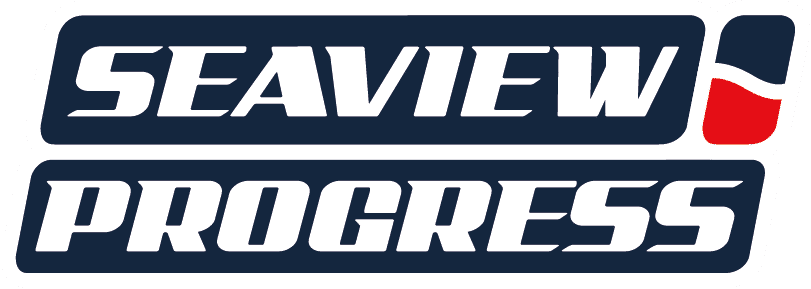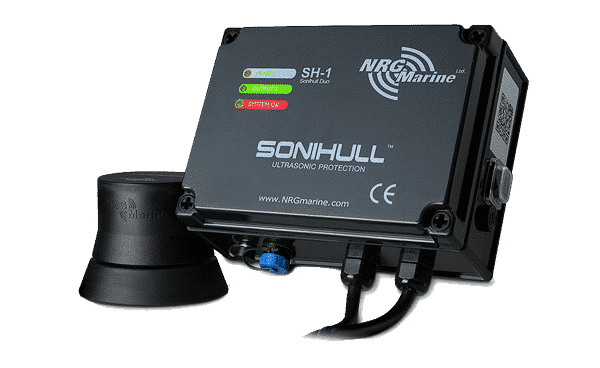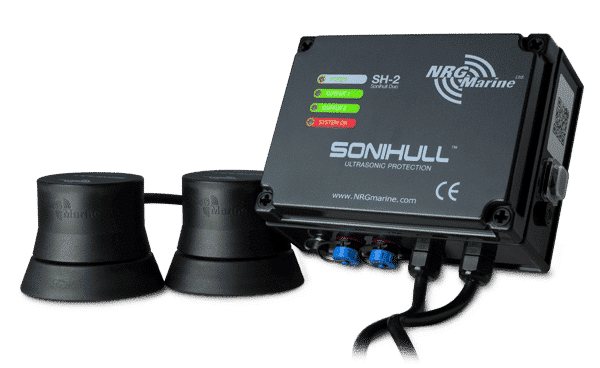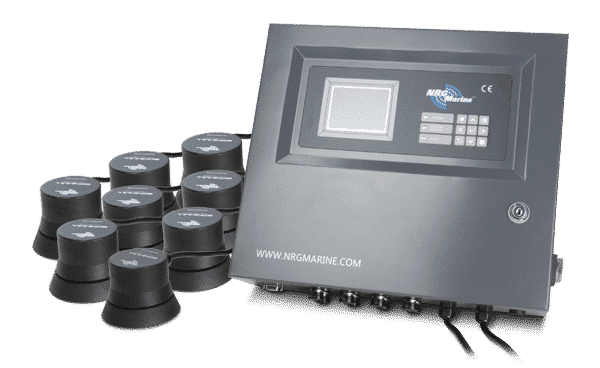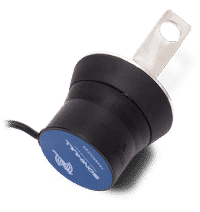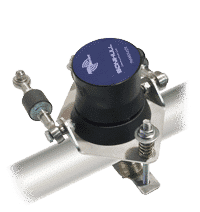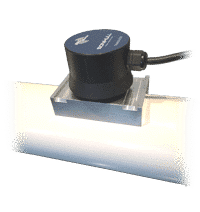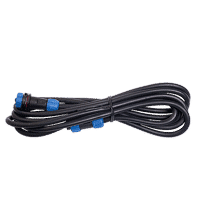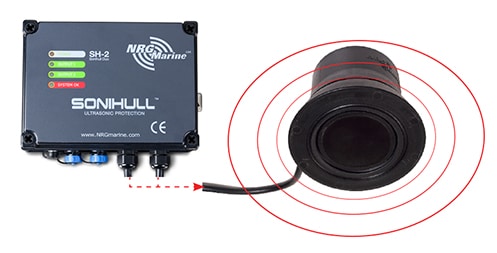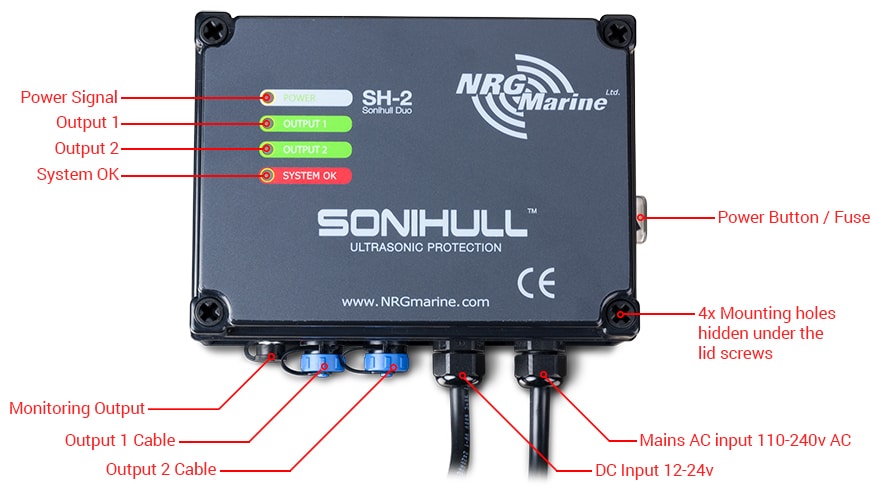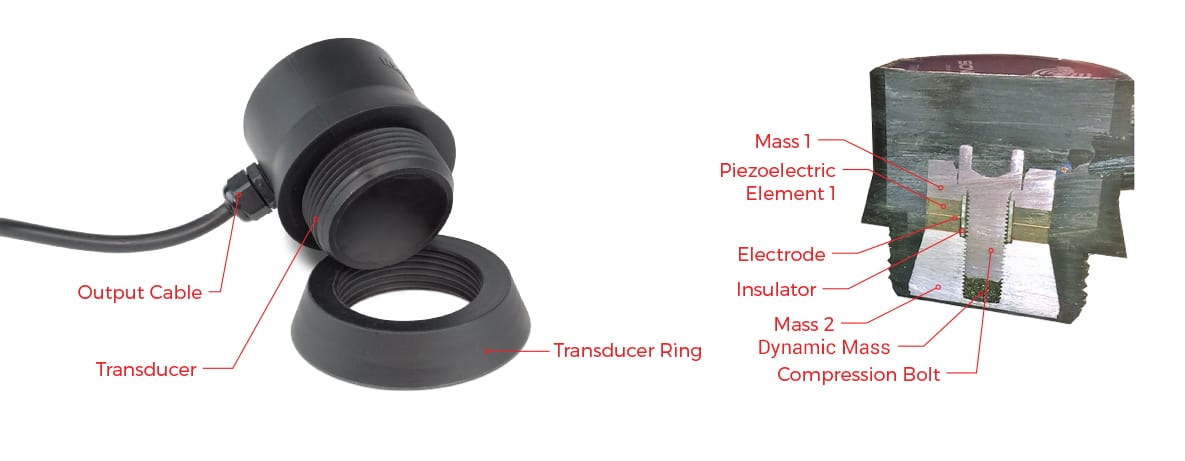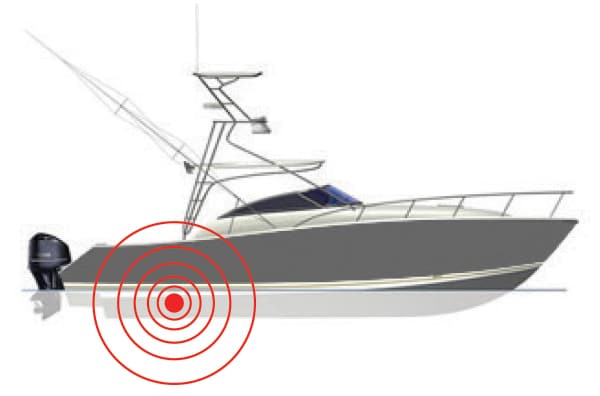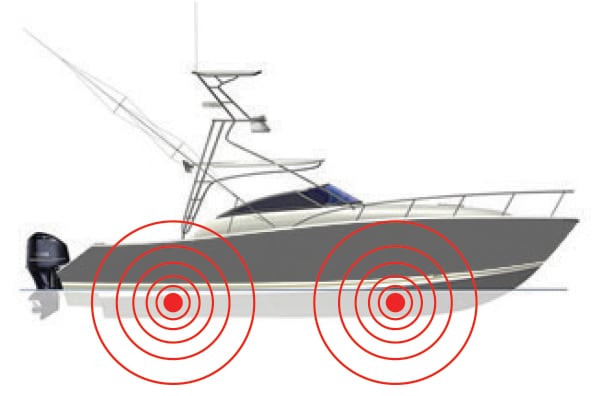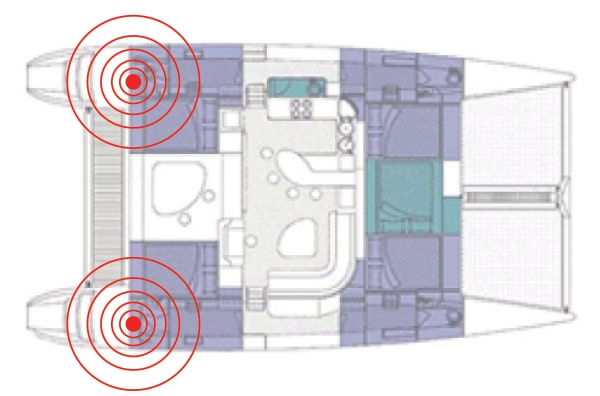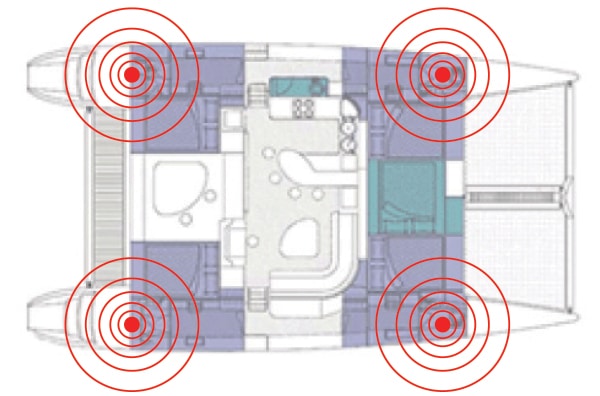Although the concept of using ultrasonic for keeping your boat hull clean is a relatively new application, the concept of ultrasonic cleaning is not new, it has been around for over 30 years, used for a wide variety of applications, from cleaning of dental and medical equipment, fine jewelry, through to de-gunging drains and automotive parts to name but a few, also, in a subject closer to sailors hearts Ultrasonic's is also used for keeping pipes clean in many breweries and hostelries around the world.
Over the past decade, environmental issues have meant much tighter controls on industrial cleaning products especially chlorofluorocarbons, with "necessity being the mother of all inventions" industry needed to find an alternative solution, Ultrasonic cleaning was considered the most viable solution, by embracing the latest in digital electronics and transducer technology, the industry made a quantum leap forward over the last decade to fill the needs of industry.

 Français
Français  English
English 